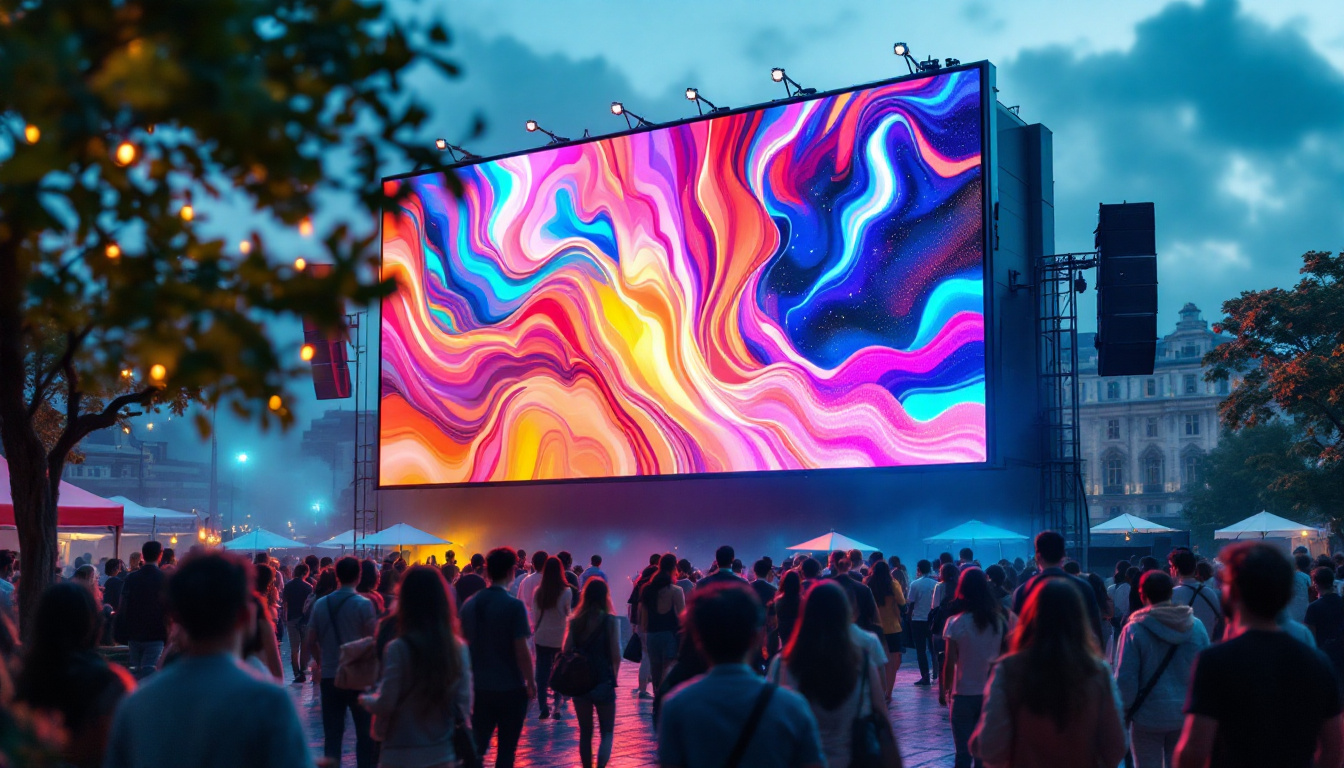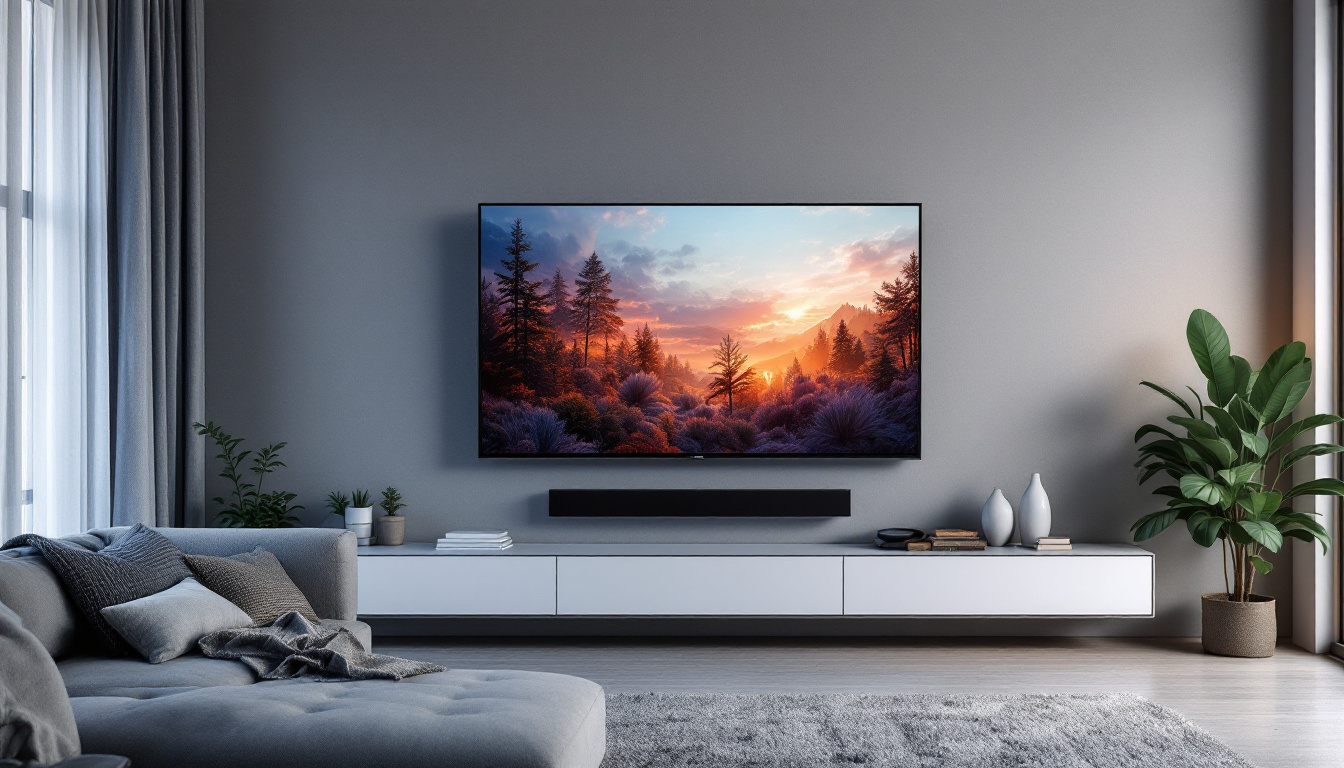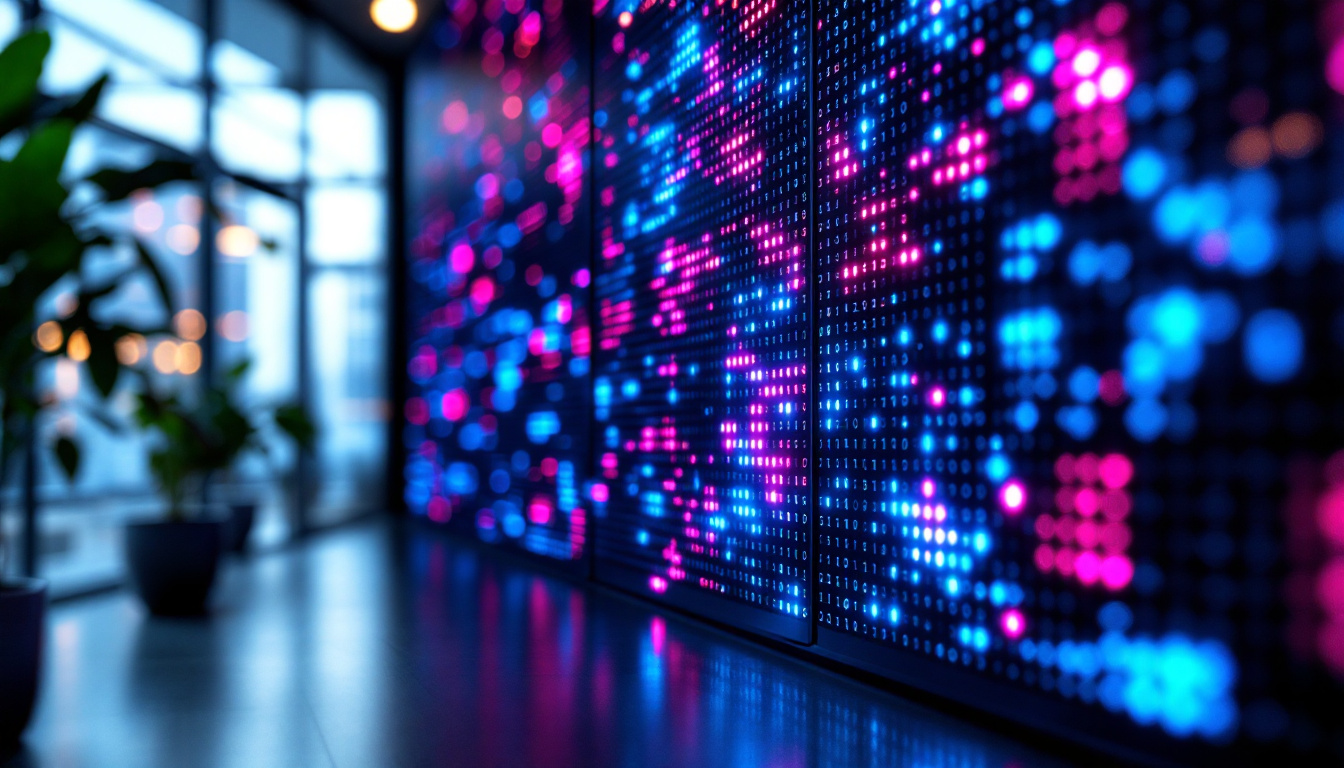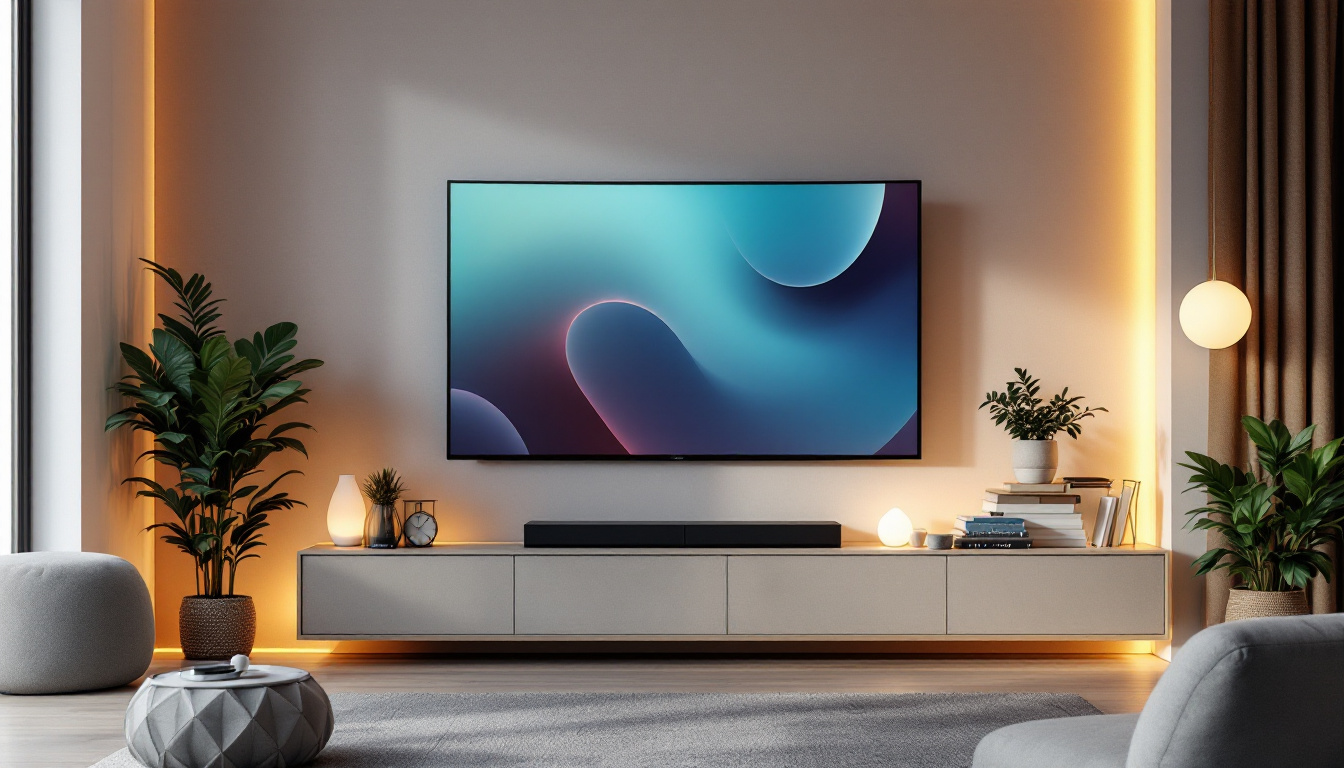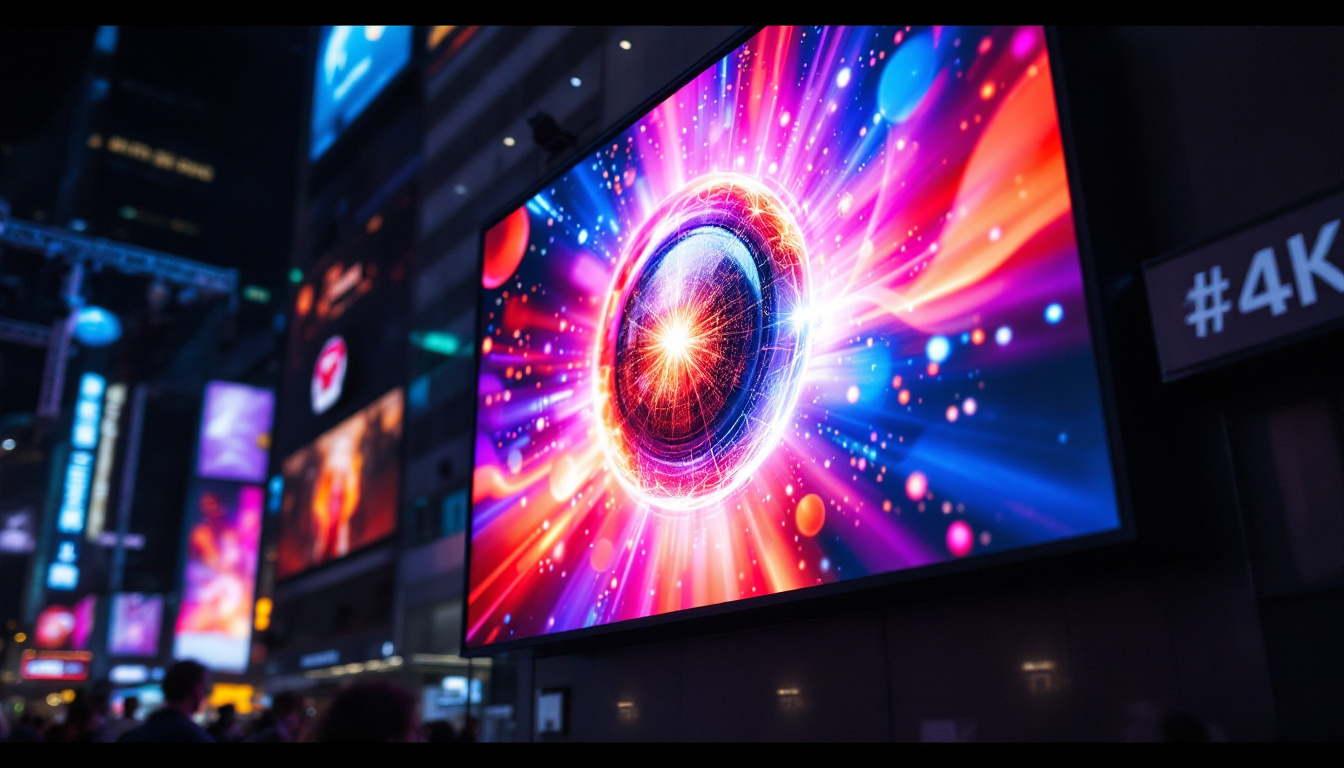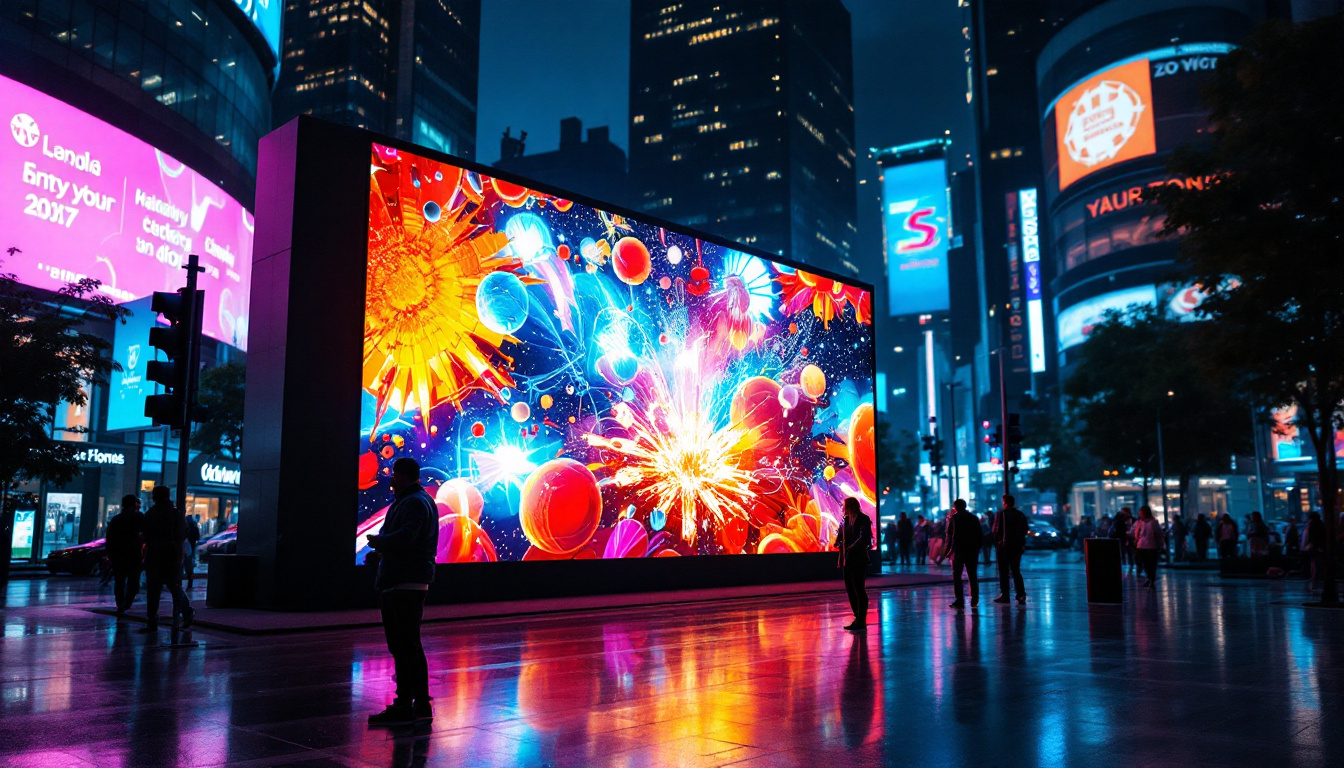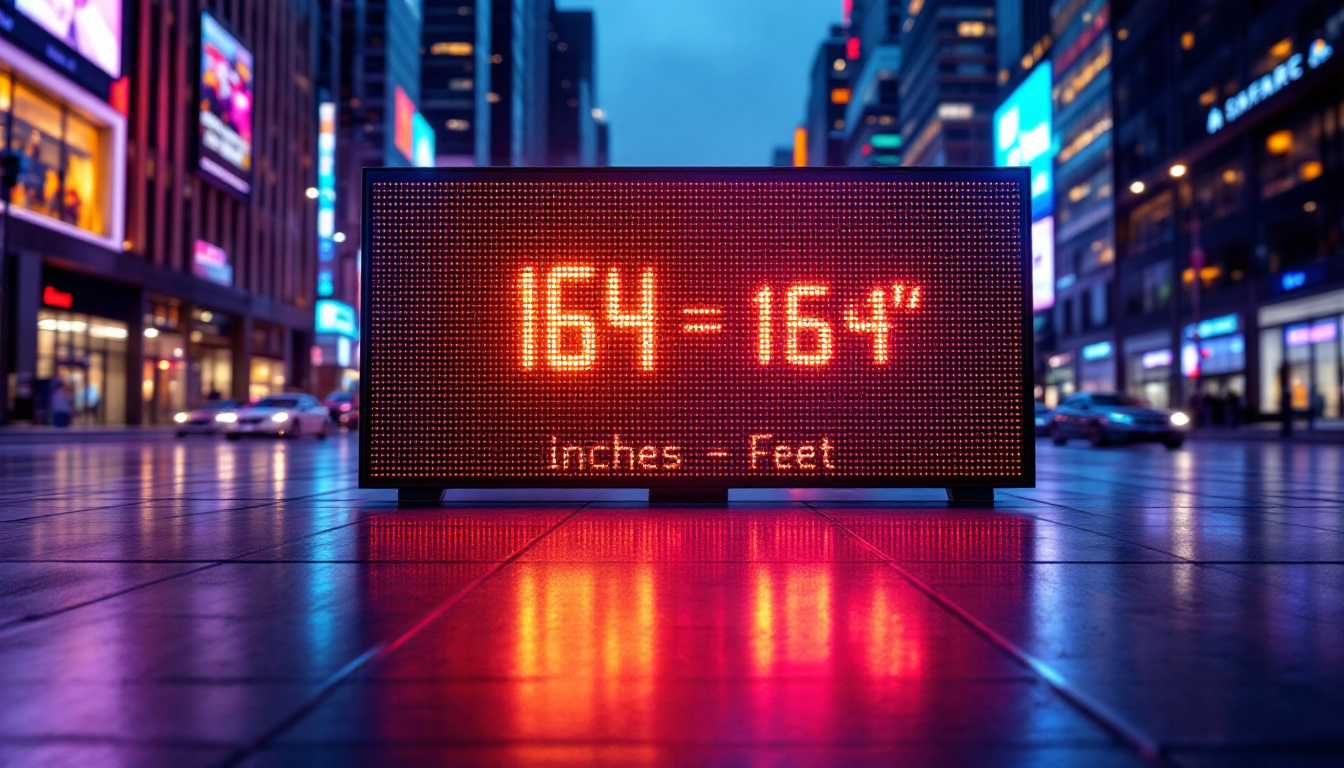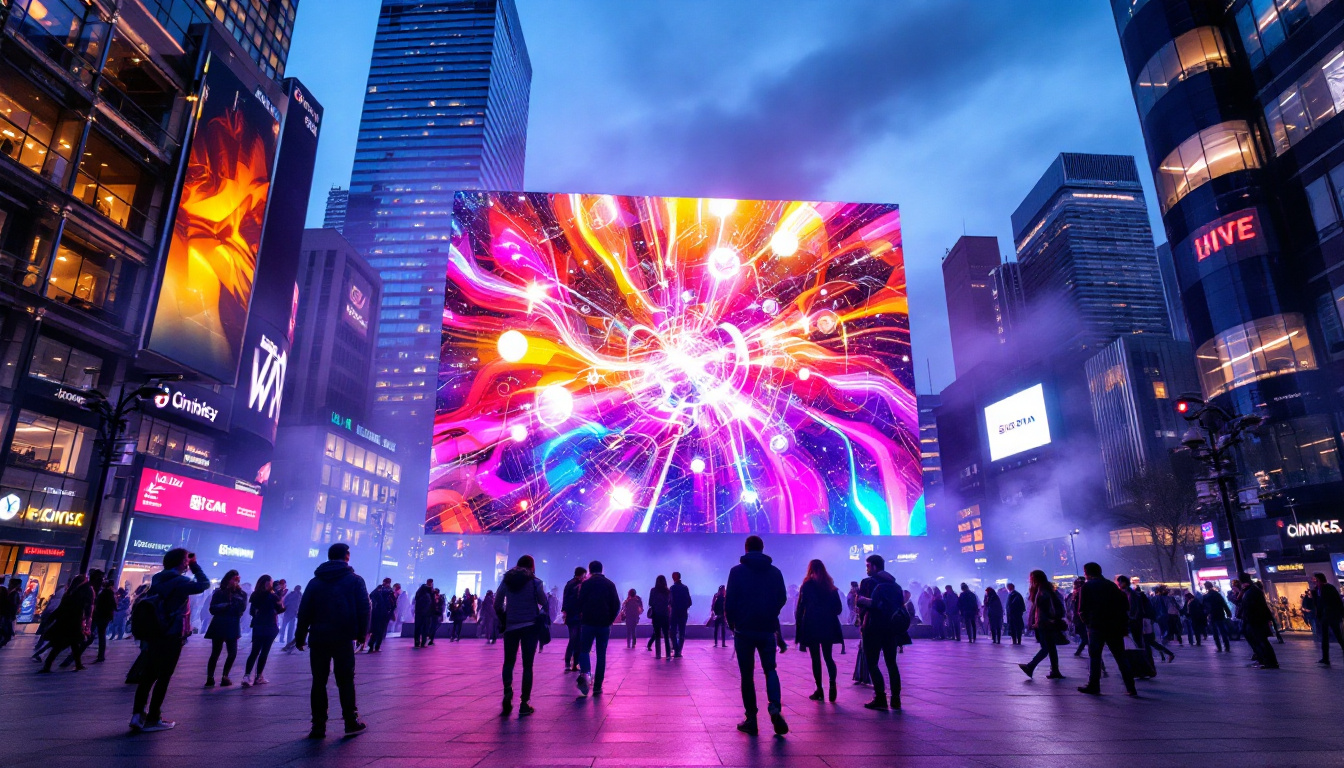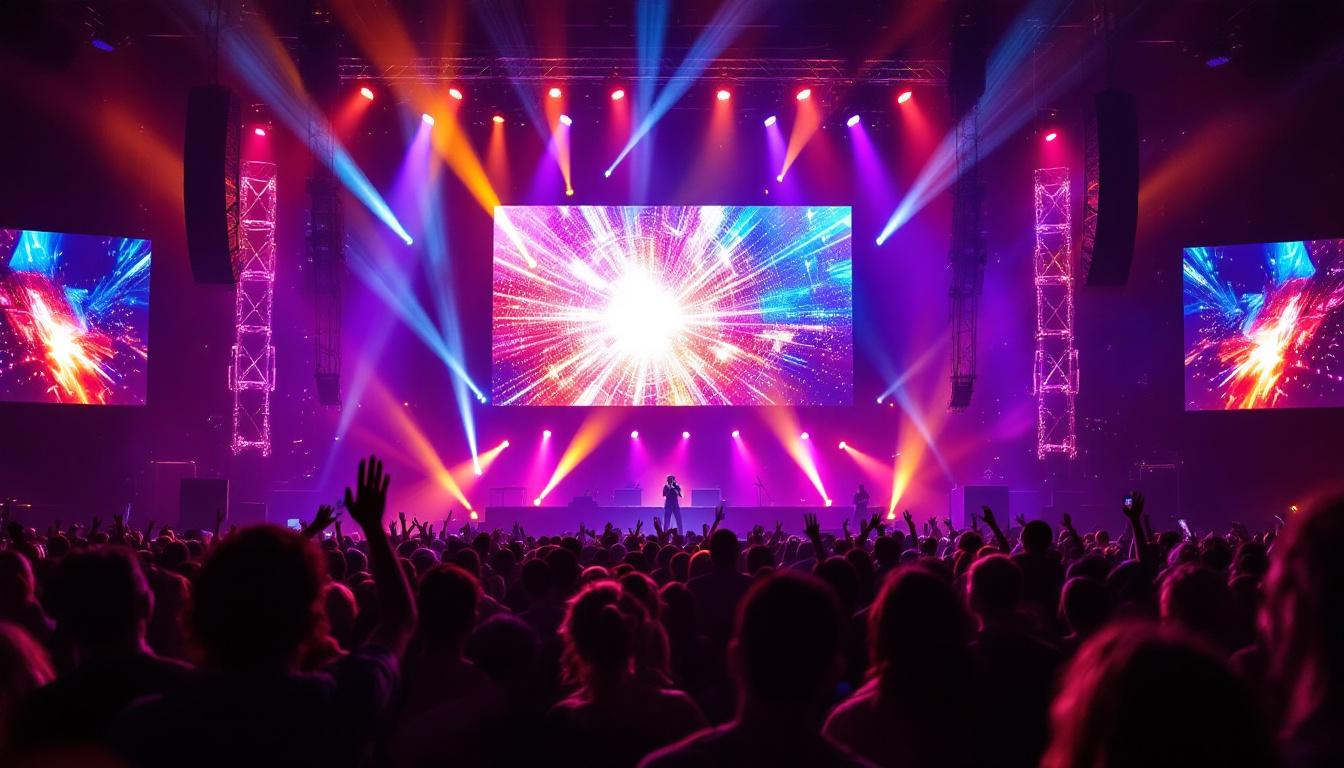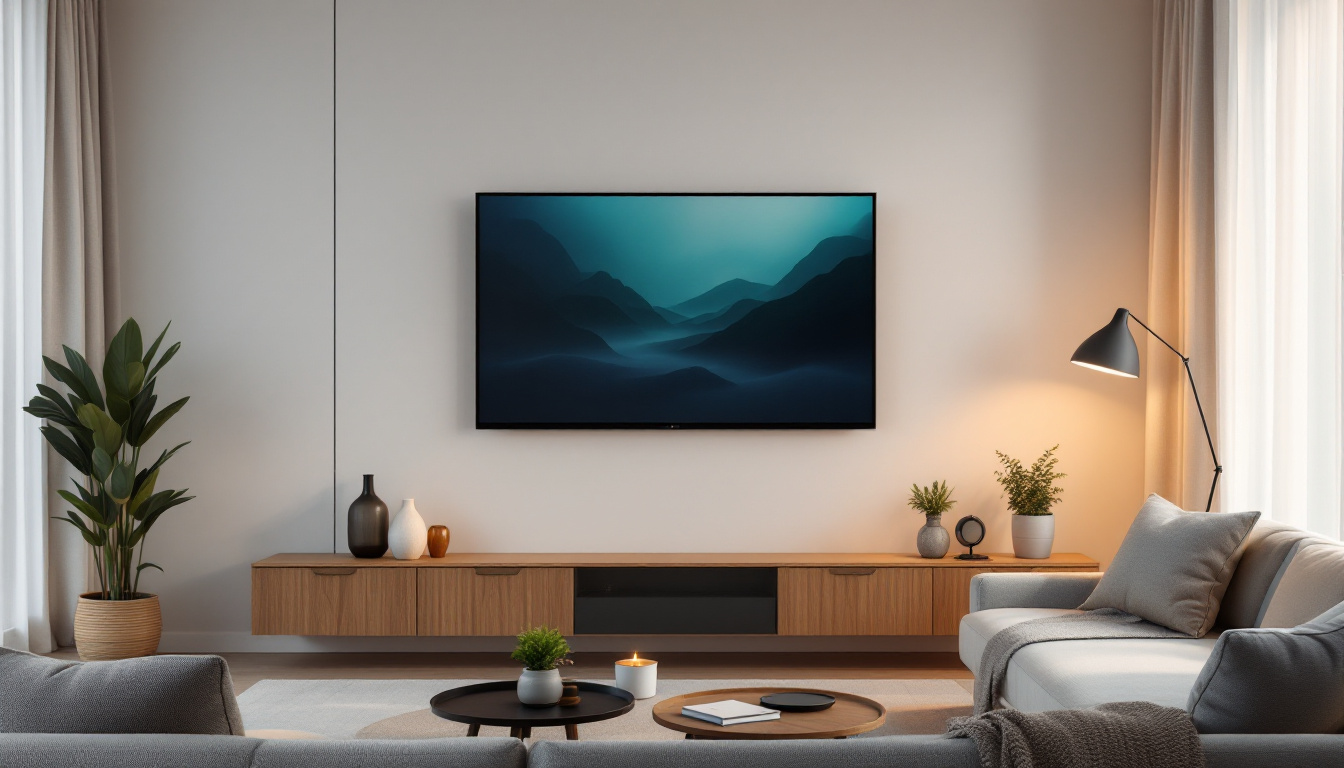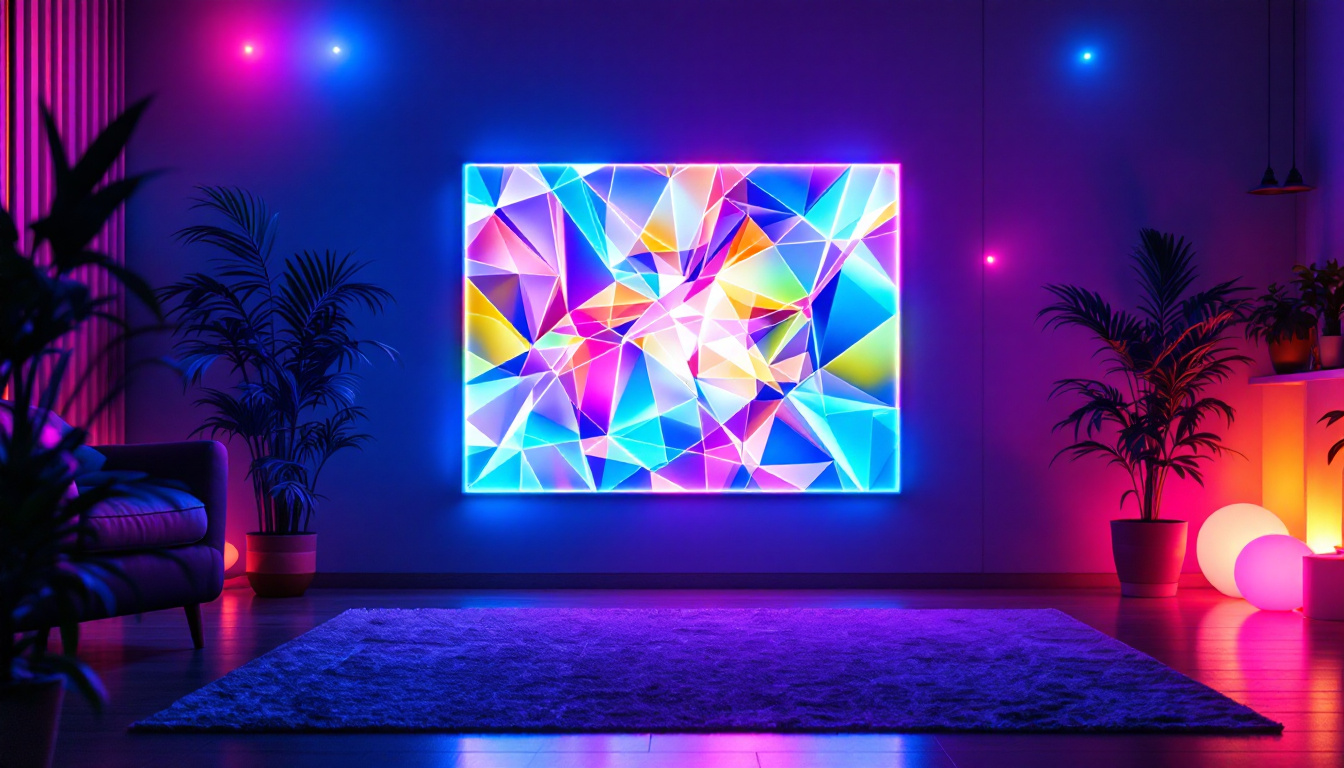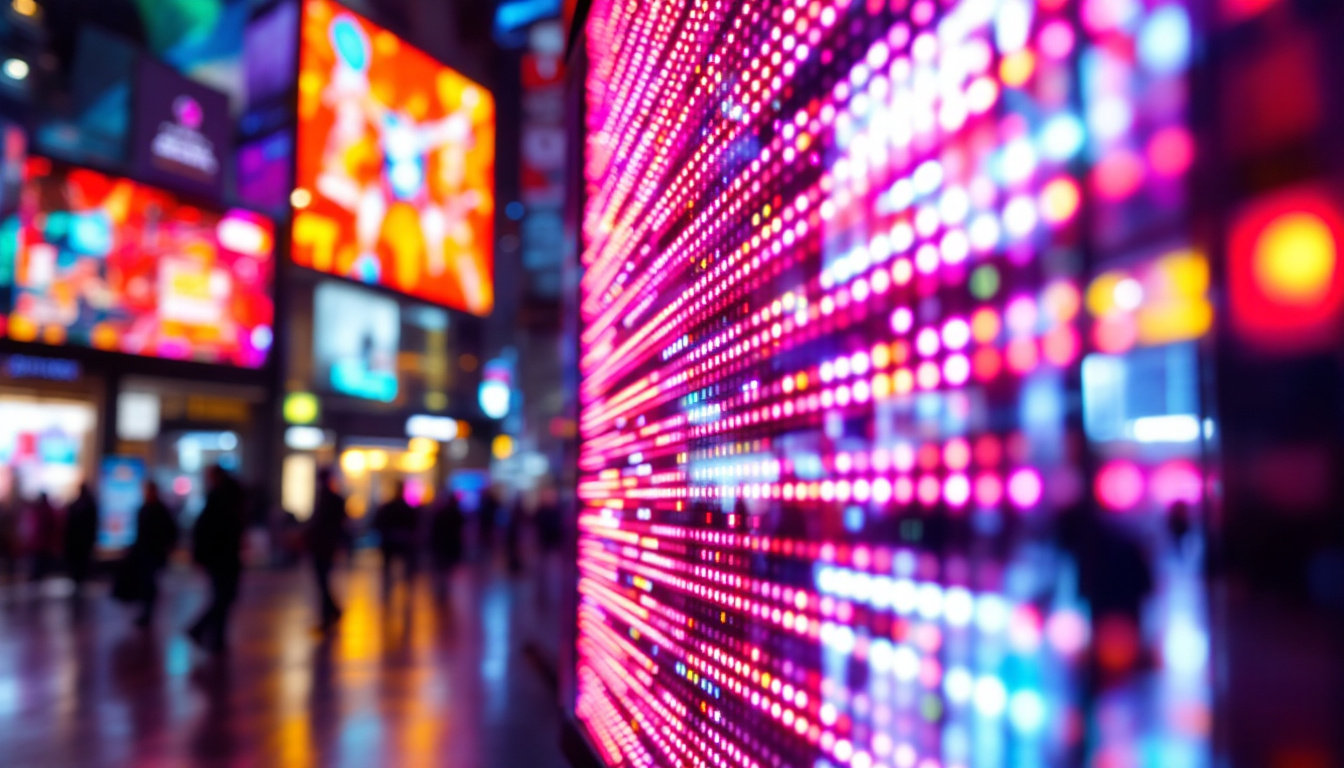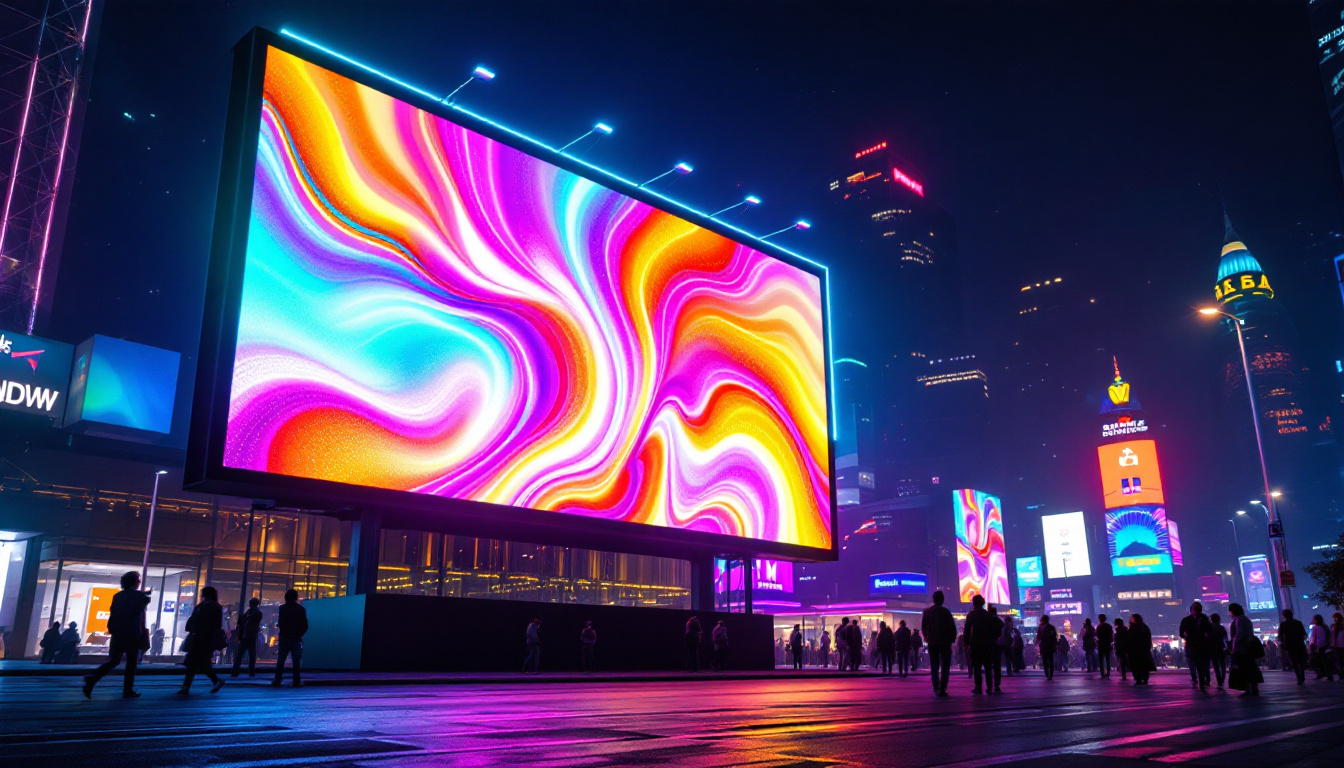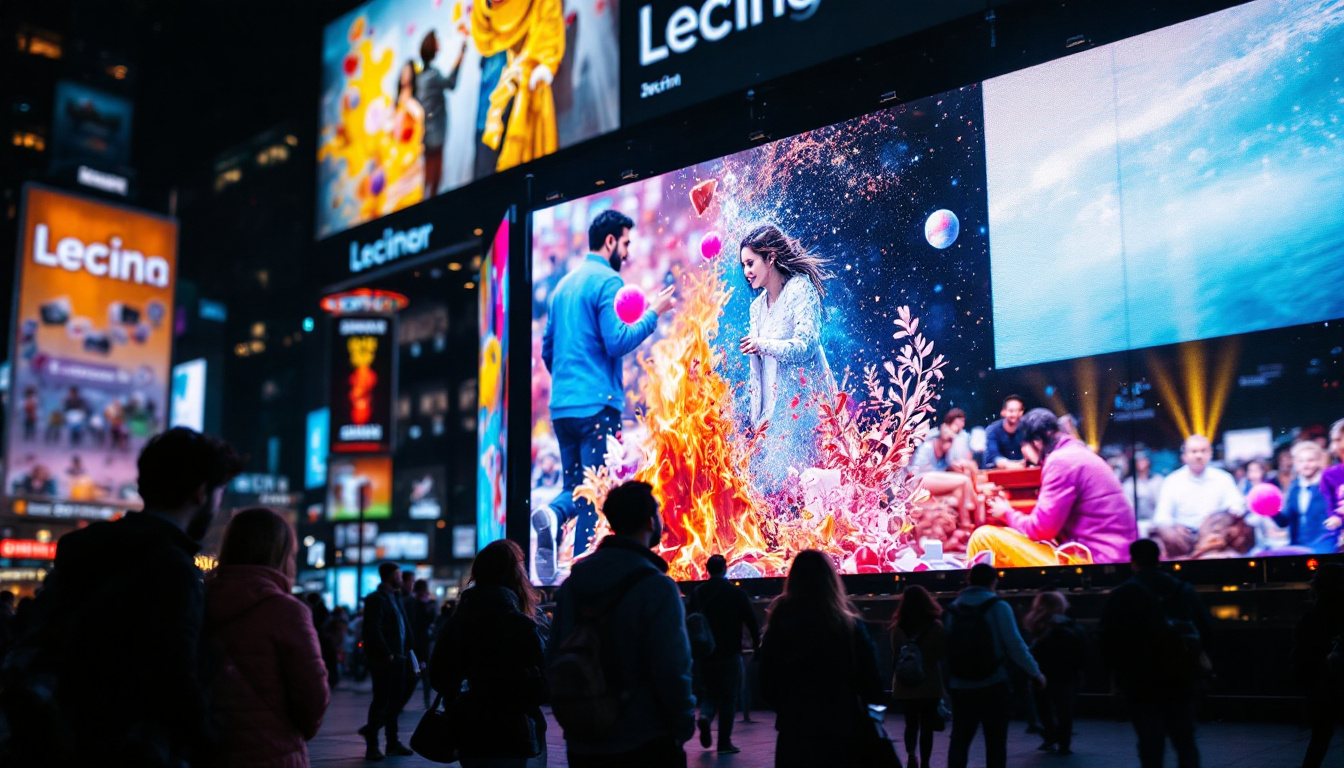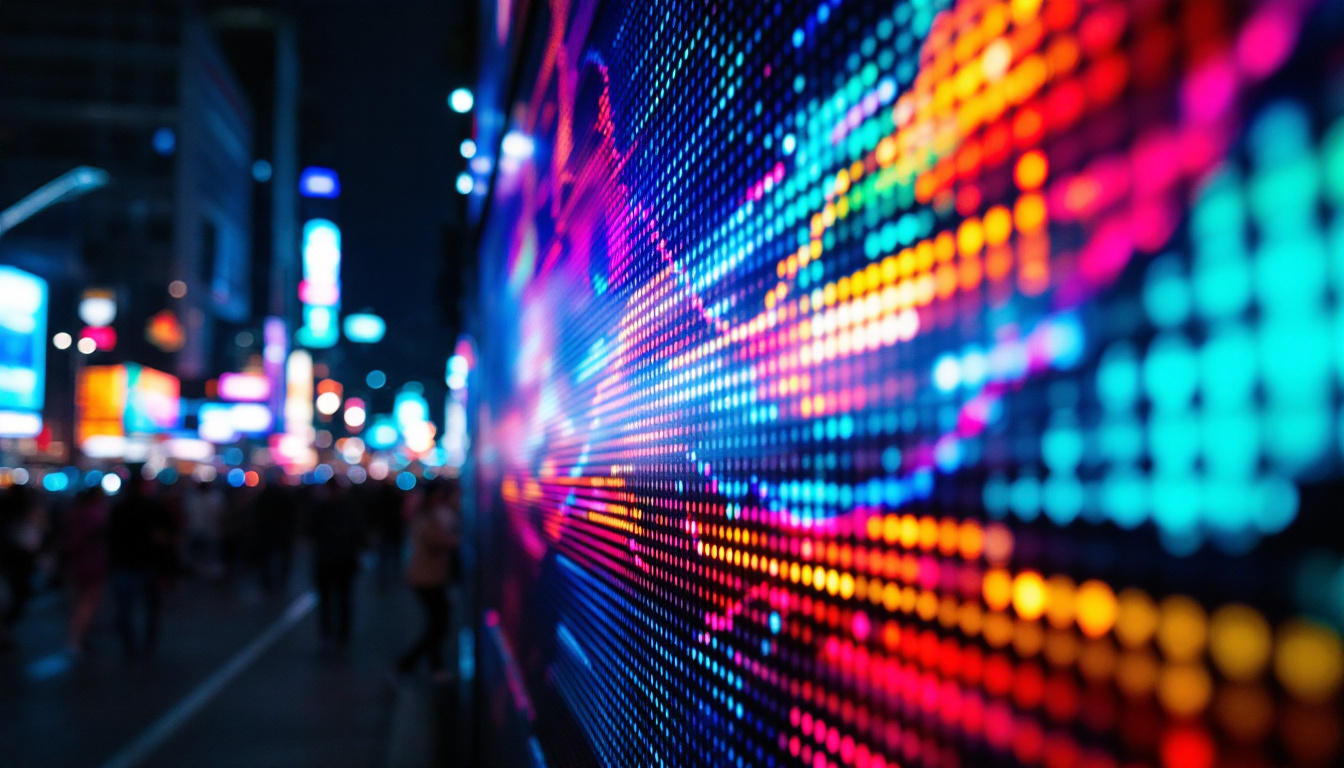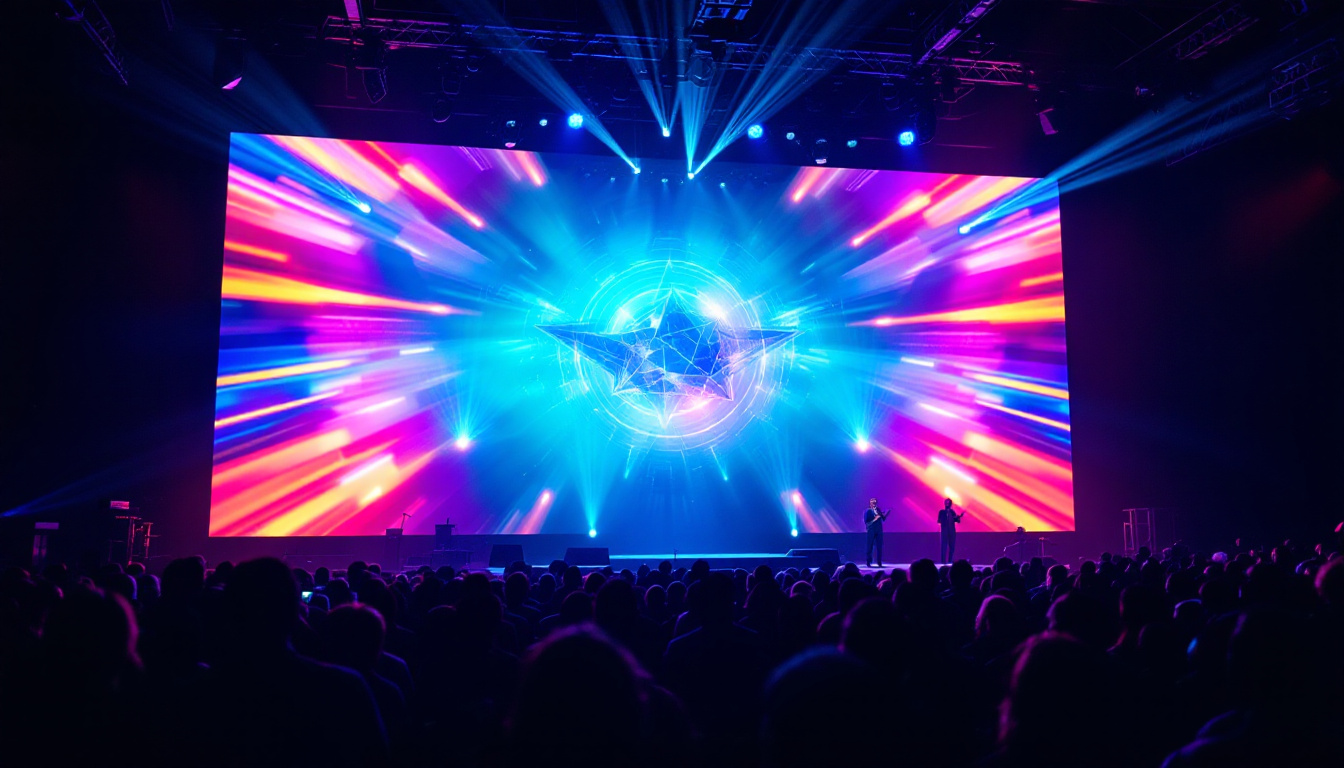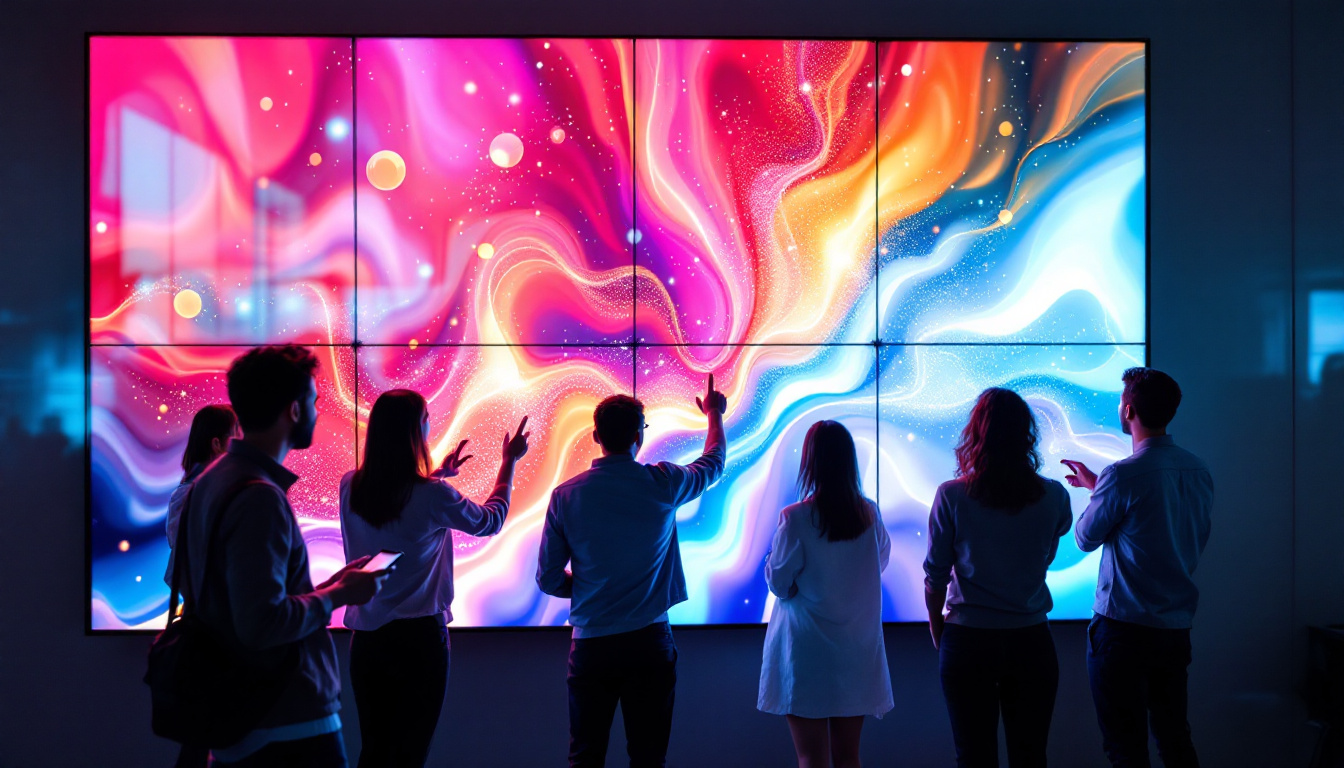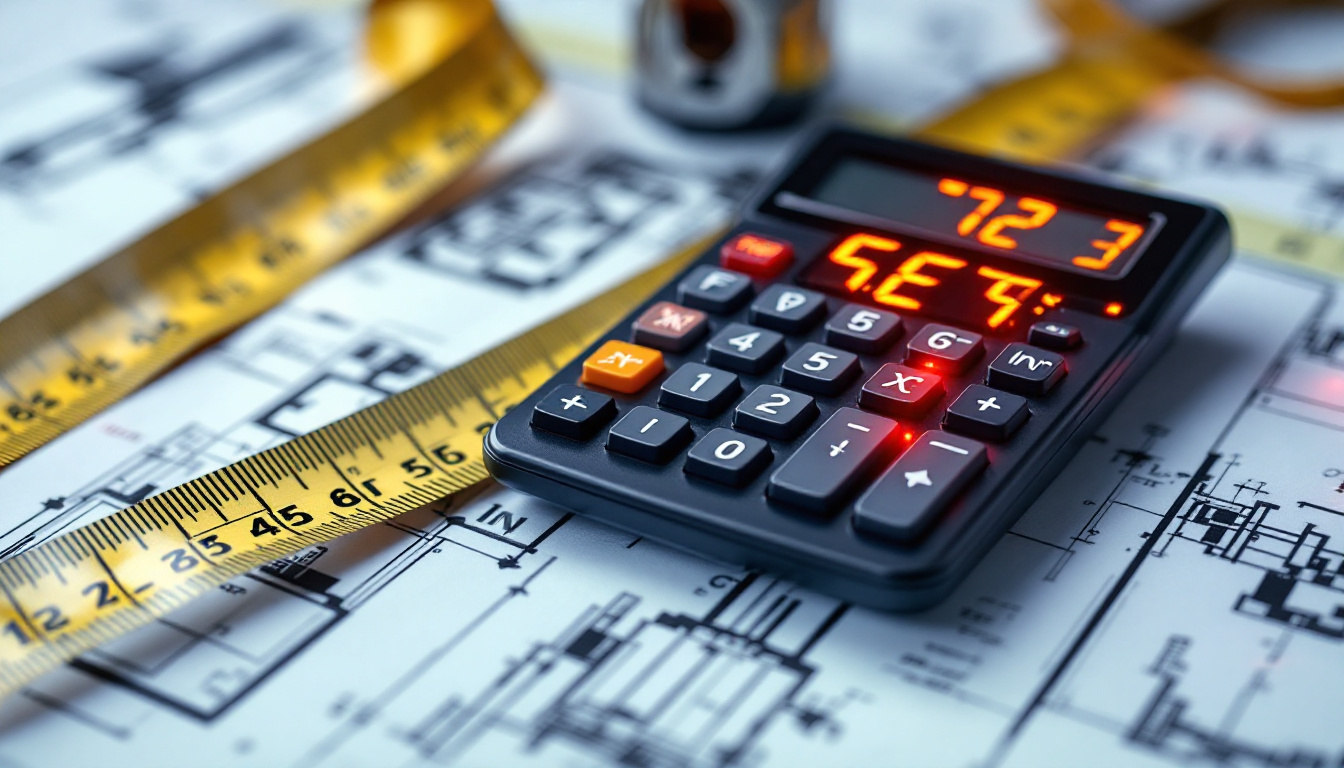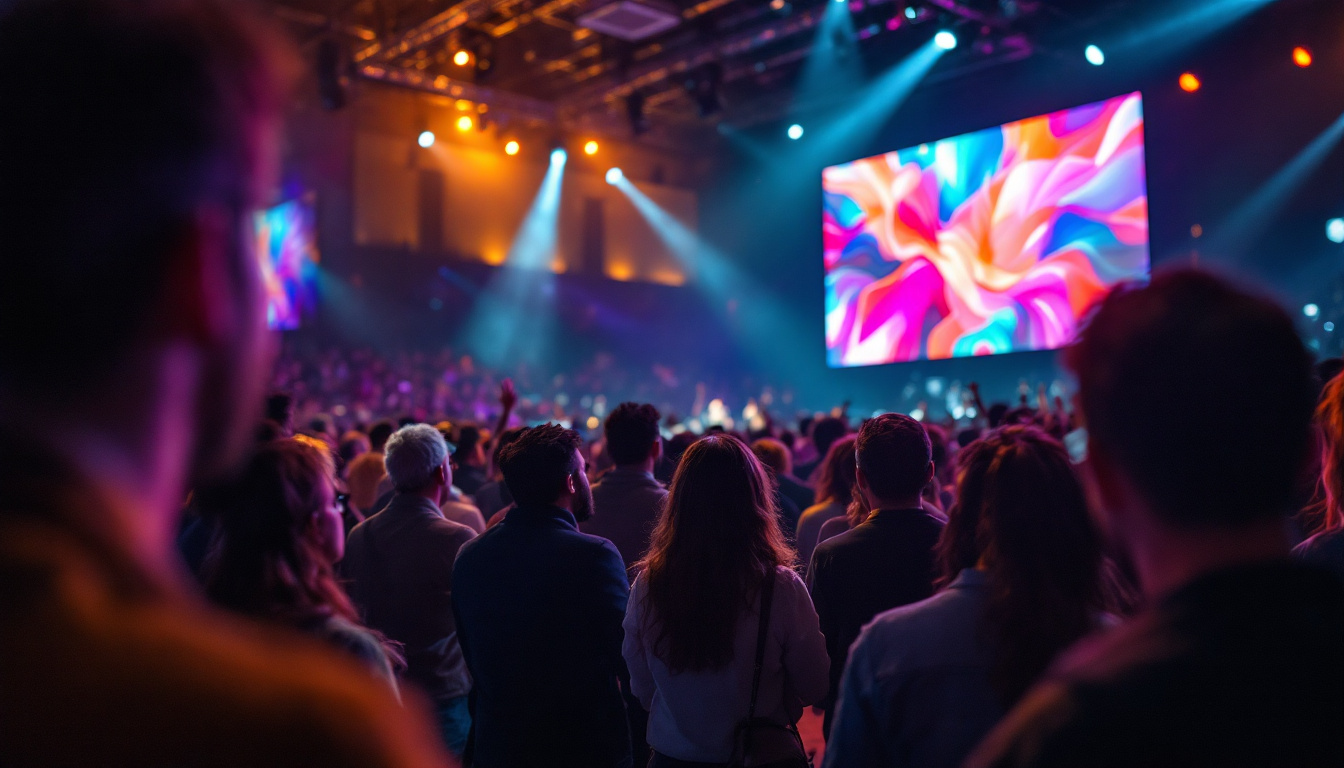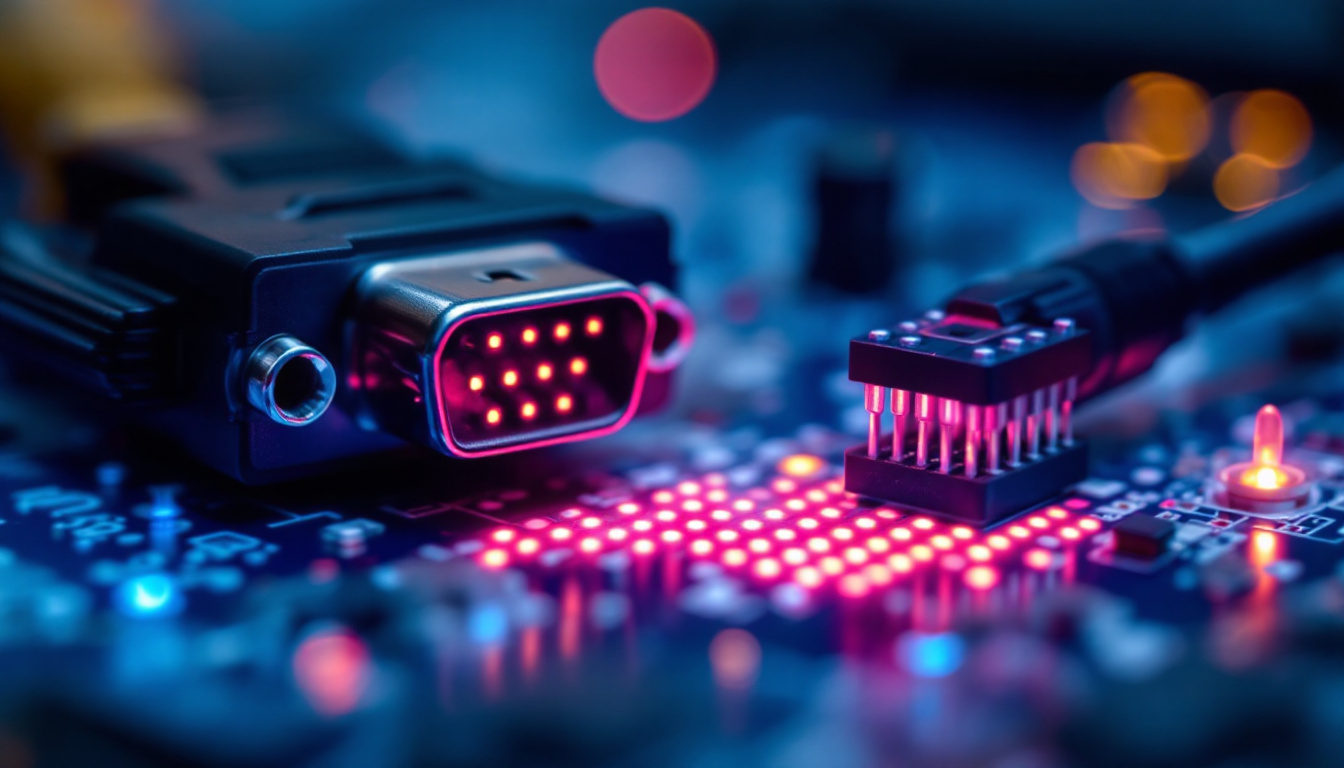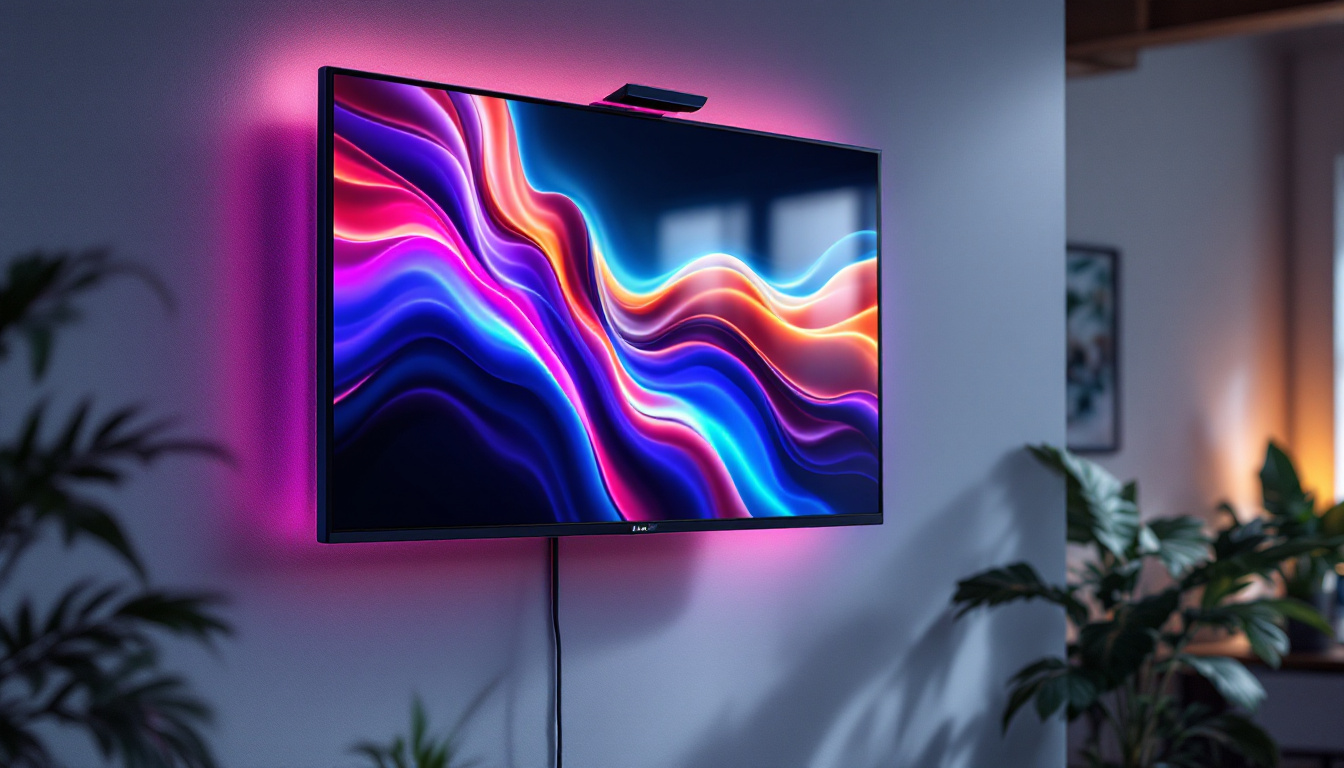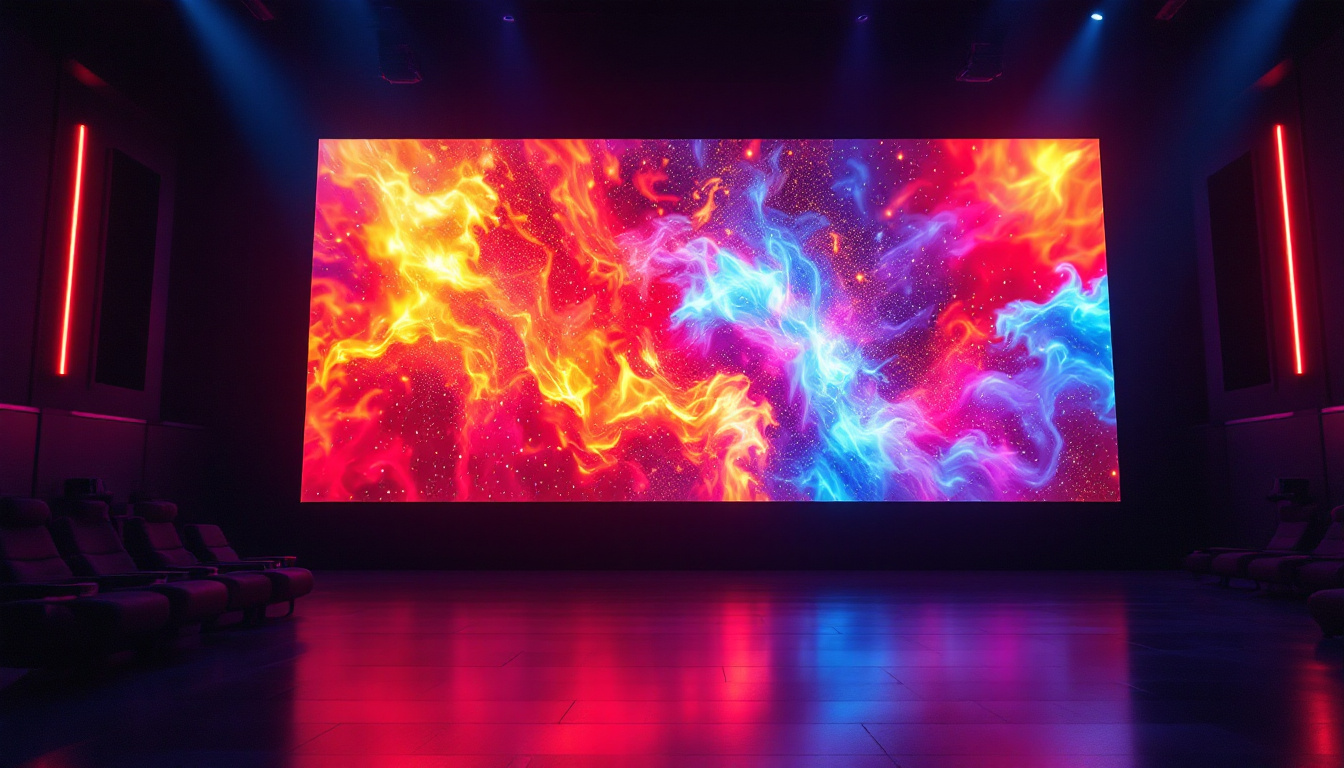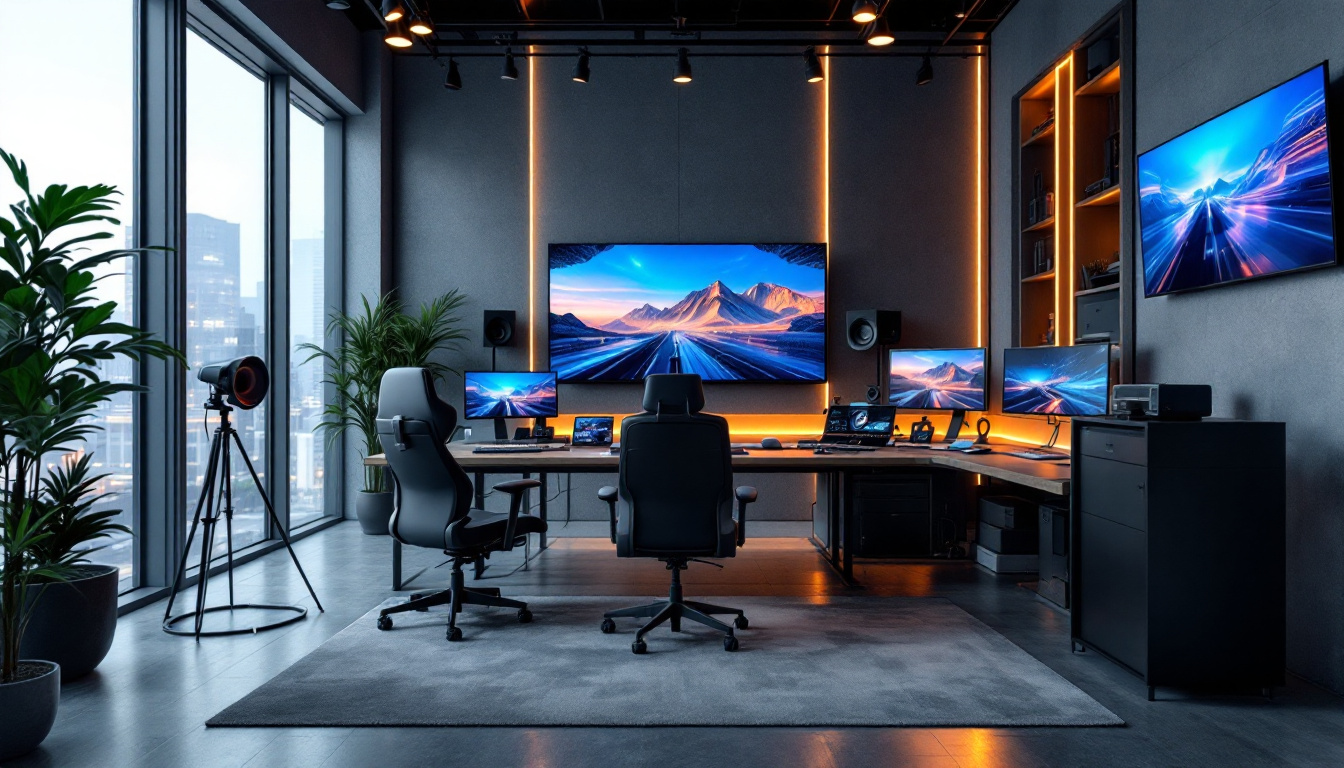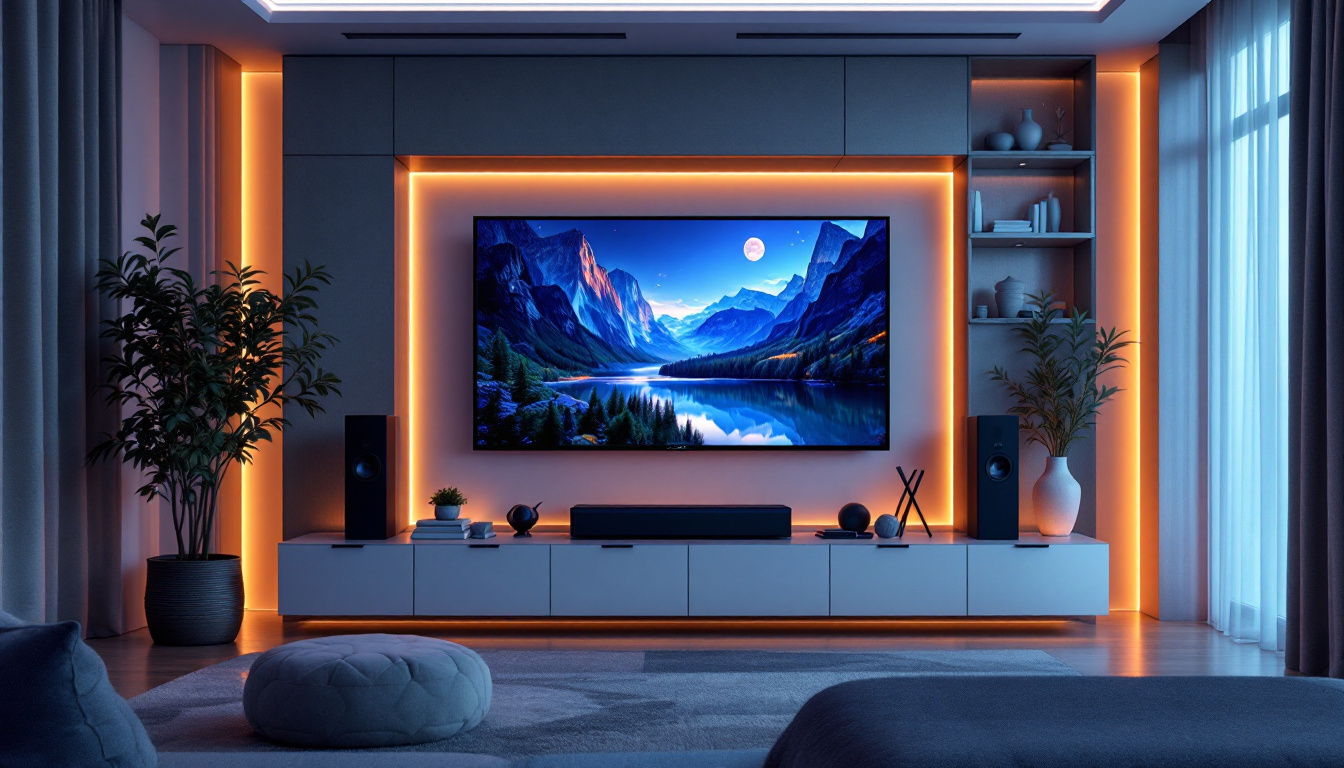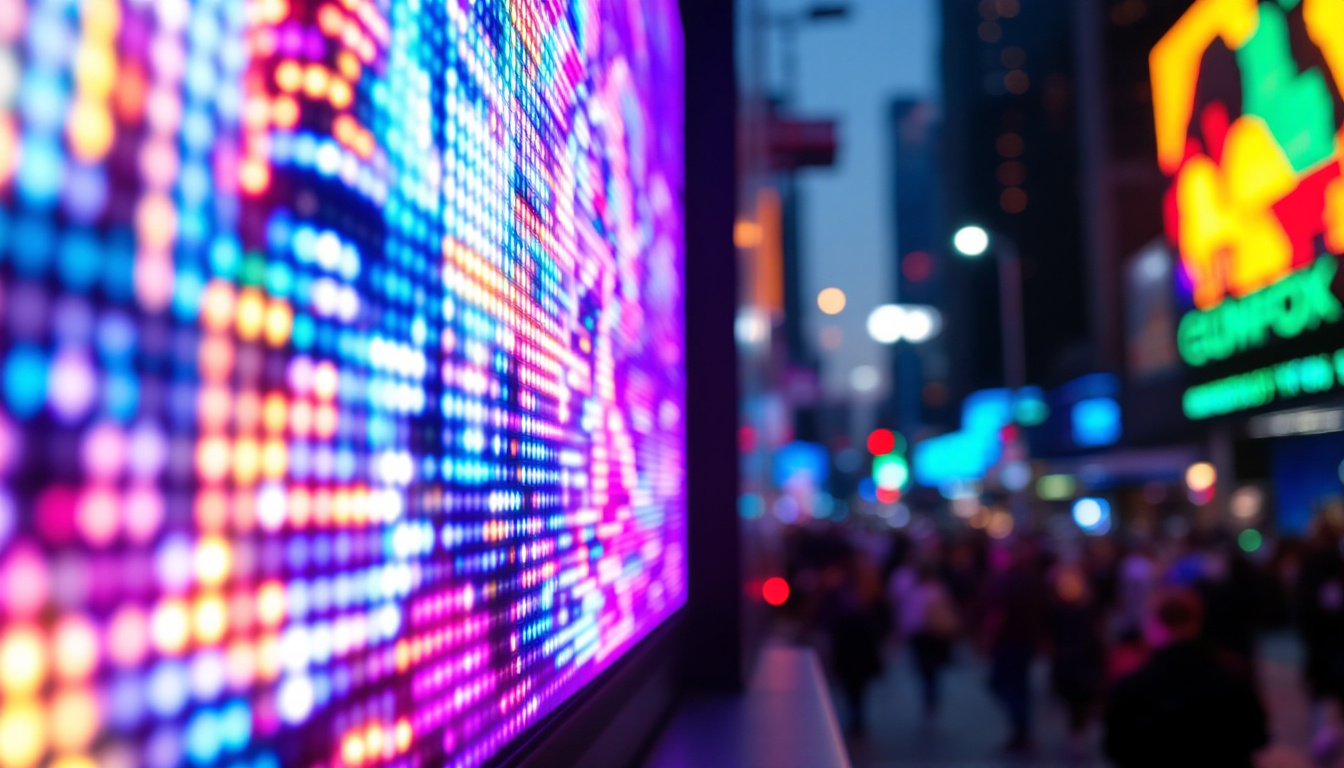Outdoor LED Panels: LED Display Explained
In the modern era of advertising and information dissemination, outdoor LED panels have emerged as a powerful medium. These vibrant displays not only capture attention but also convey messages in a dynamic and engaging manner. This article delves into the intricacies of outdoor LED panels, exploring their technology, applications, benefits, and future trends.
Understanding LED Technology
Light Emitting Diodes (LEDs) are semiconductor devices that emit light when an electric current passes through them. This technology has revolutionized the way displays are designed and utilized, particularly in outdoor settings. The compact size and durability of LEDs make them an ideal choice for various applications, from billboards to traffic signals, enhancing visibility and energy efficiency.
How LEDs Work
LEDs operate on a simple principle: when electricity flows through the semiconductor material, it excites the electrons, causing them to release energy in the form of light. This process is highly efficient, consuming significantly less power than traditional lighting methods. Unlike incandescent bulbs that produce light through heat, LEDs convert a higher percentage of energy directly into light, resulting in lower energy costs and reduced heat output.
The color of the light emitted depends on the materials used in the semiconductor. By combining different colored LEDs—red, green, and blue (RGB)—it is possible to create a full spectrum of colors, allowing for vibrant and eye-catching displays. This versatility not only enhances aesthetic appeal but also enables dynamic content, such as animations and videos, to be displayed effectively, captivating audiences in ways that static displays cannot.
Types of LED Displays
Outdoor LED panels come in various types, each suited for specific applications. The most common types include:
- Full-Color LED Displays: These panels use RGB technology to display a wide array of colors, making them ideal for advertisements and entertainment. They are often used in stadiums, concert venues, and public squares, where their brightness and clarity can be appreciated even in direct sunlight.
- Monochrome Displays: Typically used for simpler messages, these displays can show text or graphics in a single color, often green or amber. They are commonly found in applications such as scoreboards and basic information signs, where clarity and legibility are paramount.
- Bi-Color Displays: These panels can display two colors, allowing for more dynamic messaging than monochrome displays. They are frequently used in applications like public transport signage, where they can indicate arrival times or service alerts with greater detail.
In addition to these common types, there are also specialized LED displays designed for unique environments. For instance, flexible LED screens can be curved or shaped to fit unconventional spaces, making them perfect for creative installations in art galleries or retail environments. Furthermore, advancements in LED technology have led to the development of transparent LED displays, which allow for a seamless blend of digital content with the physical environment, creating an immersive experience for viewers. This innovation is particularly popular in modern architecture and storefronts, where maintaining visibility while showcasing dynamic content is essential.
Applications of Outdoor LED Panels
Outdoor LED panels are versatile and can be found in various settings, including commercial, public, and entertainment venues. Their adaptability makes them a preferred choice for many organizations.
Advertising and Marketing
One of the primary uses of outdoor LED panels is in advertising. Businesses leverage these displays to showcase promotions, new products, or brand messages. The ability to change content quickly allows companies to respond to market trends and customer needs effectively.
Moreover, the bright and dynamic nature of LED displays ensures that advertisements stand out, even in bright daylight. This visibility can significantly enhance brand recognition and customer engagement.
In addition to traditional advertising, outdoor LED panels can also facilitate interactive marketing campaigns. For instance, brands can create engaging experiences by incorporating QR codes or social media integrations, encouraging passersby to interact with the content displayed. This not only drives foot traffic to stores but also fosters a sense of community and connection between the brand and its audience.
Public Information Displays
Outdoor LED panels are also widely used for public information dissemination. Cities and municipalities utilize these displays for traffic updates, weather information, emergency alerts, and event announcements. The real-time nature of LED technology ensures that the public receives timely and relevant information.
In addition, these displays can be programmed to show multiple messages throughout the day, maximizing their utility and reach.
Furthermore, outdoor LED panels can serve as vital communication tools during emergencies. For example, during natural disasters or public safety threats, these displays can quickly relay critical information to keep the community informed and safe. Their ability to broadcast urgent messages in real-time can be a lifesaver, making them an essential part of modern urban infrastructure.
Entertainment and Events
In the realm of entertainment, outdoor LED panels play a crucial role in concerts, festivals, and sporting events. They are used to display live feeds, advertisements, and interactive content, enhancing the overall experience for attendees.
These panels can also be integrated into stage designs, providing dynamic backdrops that change throughout performances. This capability adds a layer of excitement and engagement that traditional displays simply cannot match.
Moreover, outdoor LED panels can be utilized for fan engagement in sports arenas, where they showcase player statistics, instant replays, and fan-generated content, such as social media posts. This interactive element not only keeps the audience engaged but also fosters a sense of community among fans, creating a more immersive and memorable experience. As technology continues to evolve, the potential for outdoor LED panels in entertainment settings will only expand, paving the way for even more innovative applications.
Benefits of Outdoor LED Panels
The advantages of using outdoor LED panels extend beyond their visual appeal. Their numerous benefits make them a valuable investment for businesses and organizations alike.
Energy Efficiency
One of the standout features of LED technology is its energy efficiency. Compared to traditional lighting methods, LED displays consume significantly less power, leading to lower energy bills. This efficiency not only benefits the environment but also contributes to cost savings over time.
Durability and Longevity
Outdoor LED panels are designed to withstand various environmental conditions, including rain, wind, and extreme temperatures. Their robust construction ensures longevity, often lasting up to 100,000 hours or more with minimal maintenance.
This durability makes them a reliable choice for outdoor settings, where traditional displays may fail or require frequent replacements.
High Visibility and Clarity
Outdoor LED panels offer exceptional brightness and clarity, making them easily visible from a distance and in various lighting conditions. This high visibility ensures that messages are communicated effectively, regardless of the time of day or weather conditions.
Additionally, the ability to display high-resolution images and videos enhances the overall impact of the content, capturing the attention of passersby.
Challenges and Considerations
While outdoor LED panels offer numerous benefits, there are also challenges and considerations that organizations must address before implementation.
Initial Investment Costs
The upfront costs of purchasing and installing outdoor LED panels can be significant. Organizations must weigh these costs against the potential long-term benefits, including energy savings and increased advertising revenue.
However, many businesses find that the return on investment justifies the initial expenditure, especially when considering the longevity and durability of LED technology.
Content Management
Managing content on outdoor LED displays requires careful planning and execution. Organizations must ensure that the content is engaging, relevant, and updated regularly to maintain viewer interest. This often involves dedicated personnel or software solutions to streamline the content management process.
Moreover, compliance with local regulations regarding advertising and public information displays is crucial to avoid legal issues.
Future Trends in Outdoor LED Technology
The landscape of outdoor LED technology is continuously evolving, with new advancements and trends shaping the future of displays.
Smart Technology Integration
As smart technology becomes more prevalent, outdoor LED panels are increasingly being integrated with IoT (Internet of Things) capabilities. This integration allows for real-time data collection and analysis, enabling organizations to tailor content based on audience demographics and behaviors.
For instance, sensors can detect foot traffic and adjust messaging accordingly, ensuring that the right content reaches the right audience at the right time.
Interactive Displays
Interactive outdoor LED panels are gaining popularity, allowing viewers to engage with the content in real-time. This can include touch screens, QR codes, or augmented reality features that enhance user interaction.
Such displays not only capture attention but also foster a deeper connection between the audience and the brand or message being conveyed.
Environmental Sustainability
With growing concerns about environmental sustainability, manufacturers are focusing on creating eco-friendly LED panels. This includes using recyclable materials, reducing energy consumption, and implementing sustainable manufacturing practices.
As consumers become more environmentally conscious, organizations that prioritize sustainability in their advertising efforts will likely gain a competitive edge.
Conclusion
Outdoor LED panels represent a dynamic and effective means of communication in today’s fast-paced world. Their ability to deliver vibrant, engaging content in real-time makes them an invaluable tool for businesses, municipalities, and event organizers alike.
As technology continues to advance, the potential applications and benefits of outdoor LED displays will only expand. By understanding the intricacies of this technology and its various applications, organizations can harness the power of outdoor LED panels to enhance their messaging and connect with their audiences more effectively.
In a landscape where attention is fleeting, outdoor LED panels stand out as a beacon of innovation, capturing the eye and delivering impactful messages that resonate with viewers. The future of outdoor advertising and information dissemination is bright, and LED technology is at the forefront of this evolution.
Illuminate Your Message with LumenMatrix
Ready to elevate your brand’s presence and captivate your audience with unparalleled clarity? Discover the innovative world of LumenMatrix LED display modules. From the bustling streets to the heart of your next event, our comprehensive range of solutions, including Indoor and Outdoor LED Wall Displays, Vehicle LED Displays, LED Poster Displays, LED Sports Displays, Floor LED Displays, Custom LED Displays, All-in-One LED Displays, and LED Transparent Displays, are designed to revolutionize visual communication. Check out LumenMatrix LED Display Solutions today and join the forefront of digital signage technology.

